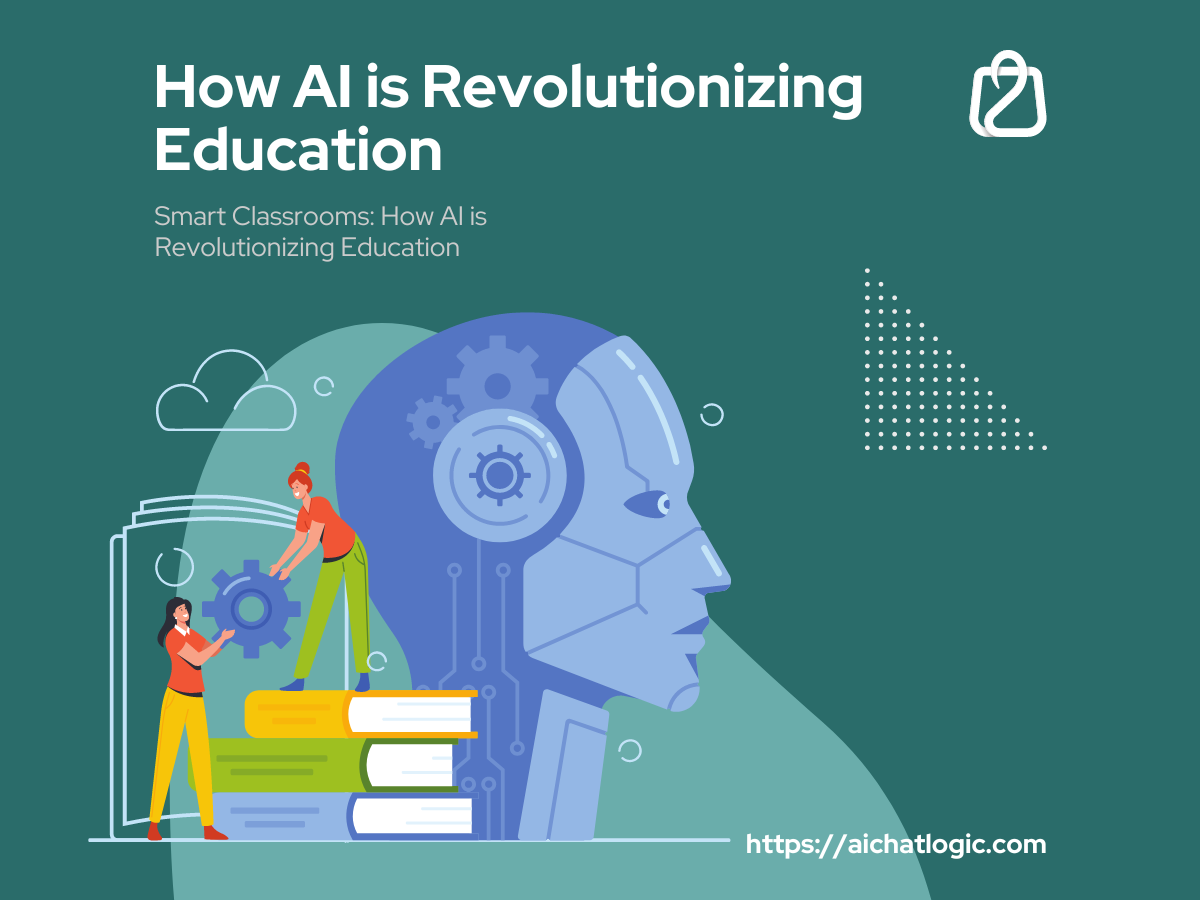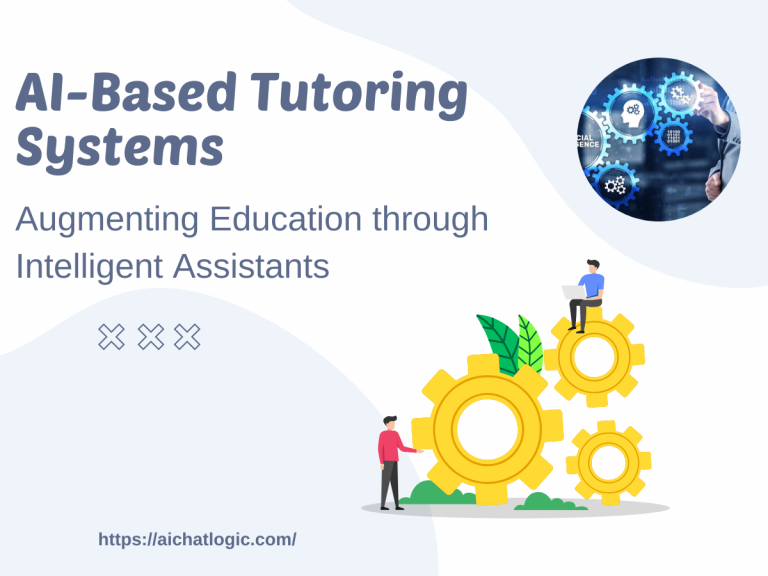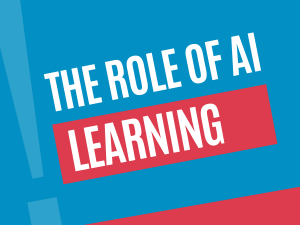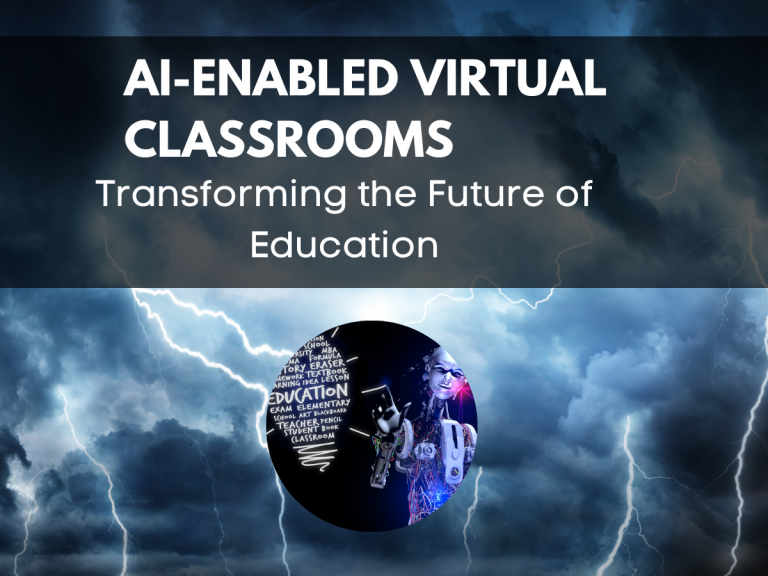1. Introduction
Technology has become an integral part of our daily lives, and its impact on education is undeniable. Traditional classrooms are gradually transforming into smart classrooms, where Artificial Intelligence (AI) is revolutionizing the way students learn and teachers teach. This article explores the profound influence of AI in education, specifically focusing on smart classrooms and how they are reshaping the educational landscape.
2. The Rise of Smart Classrooms
Smart classrooms leverage AI technologies to create an interactive and immersive learning environment. These futuristic classrooms integrate various digital tools and devices to enhance teaching and learning processes. With the advent of AI, the education sector has witnessed a paradigm shift, providing students with personalized learning experiences and empowering teachers with innovative teaching methodologies.
3. Benefits of AI in Education
3.1 Enhanced Personalized Learning
AI-powered systems can analyze vast amounts of data to understand each student’s learning style, preferences, and strengths. By tailoring educational content and strategies to individual needs, AI enables personalized learning experiences, catering to students’ unique requirements. This customization promotes engagement, improves knowledge retention, and fosters a love for learning.
3.2 Intelligent Tutoring Systems
Intelligent Tutoring Systems (ITS) are AI-driven platforms that act as virtual tutors, providing personalized guidance and feedback to students. These systems adapt to students’ progress, identify areas of improvement, and offer tailored assistance. By continuously monitoring and analyzing student performance, ITS offers timely interventions, allowing students to grasp difficult concepts effectively.
3.3 Adaptive Assessments
Traditional assessments often follow a one-size-fits-all approach, which may not accurately measure students’ knowledge and abilities. AI-based adaptive assessments, on the other hand, dynamically adjust the difficulty level of questions based on individual performance. This ensures that students are appropriately challenged and receive feedback that helps them improve.
3.4 Efficient Administrative Tasks
AI streamlines administrative tasks, reducing the burden on teachers and administrators. Automated grading systems, timetable scheduling, attendance management, and data analysis enable educators to focus more on instruction and student support. This improved efficiency enhances overall productivity within educational institutions.
4. AI-Powered Tools and Technologies in Smart Classrooms
Smart classrooms integrate a variety of AI-powered tools and technologies that transform the learning experience. Here are some notable examples:
4.1 Virtual Reality (VR)
VR technology creates immersive learning experiences by simulating real-world environments. Students can explore historical sites, conduct virtual experiments, and visualize complex concepts, enhancing their understanding and engagement.
4.2 Augmented Reality (AR)
AR overlays digital content onto the real world, enriching the learning environment. It enables interactive visualizations, 3D models, and simulations, making abstract concepts more tangible and accessible.
4.3 Chatbots and Virtual Assistants
Chatbots and virtual assistants provide instant support and guidance to students, answering their queries and offering solutions. These AI-driven conversational agents ensure round-the-clock assistance and personalized feedback.
4.4 Data Analytics and Predictive Modeling
AI-based data analytics tools analyze vast educational data sets, providing valuable insights into student performance and learning patterns. Predictive modeling helps identify students at risk of falling behind, enabling timely interventions and personalized support.
4.5 Gamification
Gamification integrates game elements into the learning process, making it more interactive and enjoyable. AI algorithms adapt game mechanics to individual student progress, fostering motivation and enhancing learning outcomes.
5. Challenges and Concerns
While AI brings numerous benefits to education, it also presents challenges and concerns that need careful consideration.
5.1 Privacy and Data Security
The use of AI in education involves collecting and analyzing vast amounts of student data. Safeguarding this data is crucial to protect students’ privacy and prevent unauthorized access or misuse.
5.2 Teacher Training and Support
Integrating AI technologies requires proper training and support for educators. Teachers need to be familiar with AI tools and methodologies to effectively incorporate them into their teaching practices.
5.3 Equity and Access
AI-driven educational tools may inadvertently exacerbate existing educational disparities. Ensuring equitable access to AI technologies for all students, regardless of their socioeconomic backgrounds, is essential to avoid creating further inequalities.
6. Future Implications of AI in Education
The future implications of AI in education are vast and transformative. As AI technologies continue to advance, we can expect further enhancements in personalized learning, adaptive assessments, and the overall efficiency of educational systems. However, it is crucial to strike a balance between the role of AI and the value of human interaction and expertise in the learning process.
7. Conclusion
Smart classrooms powered by AI have the potential to revolutionize education, providing students with personalized learning experiences and empowering teachers with innovative tools and methodologies. While there are challenges and concerns to address, the benefits of AI in education are undeniable. As technology continues to evolve, embracing AI in classrooms can lead to more engaging, effective, and inclusive learning environments.
FAQs (Frequently Asked Questions)
FAQ 1: How does AI enhance personalized learning in smart classrooms?
AI enhances personalized learning in smart classrooms by analyzing student data and tailoring educational content and strategies to individual needs. This customization promotes engagement, improves knowledge retention, and fosters a love for learning.
FAQ 2: Can AI completely replace teachers in the future?
While AI technologies can automate certain tasks and provide support, the role of teachers remains invaluable. Human interaction, mentorship, and guidance are crucial elements of the learning experience that AI cannot fully replicate.
FAQ 3: What are the privacy concerns surrounding AI in education?
The use of AI involves collecting and analyzing vast amounts of student data, raising concerns about privacy and data security. It is essential to establish robust safeguards to protect student information and ensure responsible use of AI technologies.
FAQ 4: How can AI address the issue of educational equity?
AI can address educational equity by providing access to quality education and personalized learning experiences for all students, regardless of their socioeconomic backgrounds. Efforts should be made to ensure equitable access to AI technologies and bridge the digital divide.
FAQ 5: What are the potential drawbacks of relying heavily on AI in classrooms?
Relying heavily on AI in classrooms may have drawbacks such as overdependence on technology, reduced human interaction, and the risk of perpetuating inequalities. It is essential to strike a balance between AI and human involvement to create effective and inclusive learning environments.










+ There are no comments
Add yours